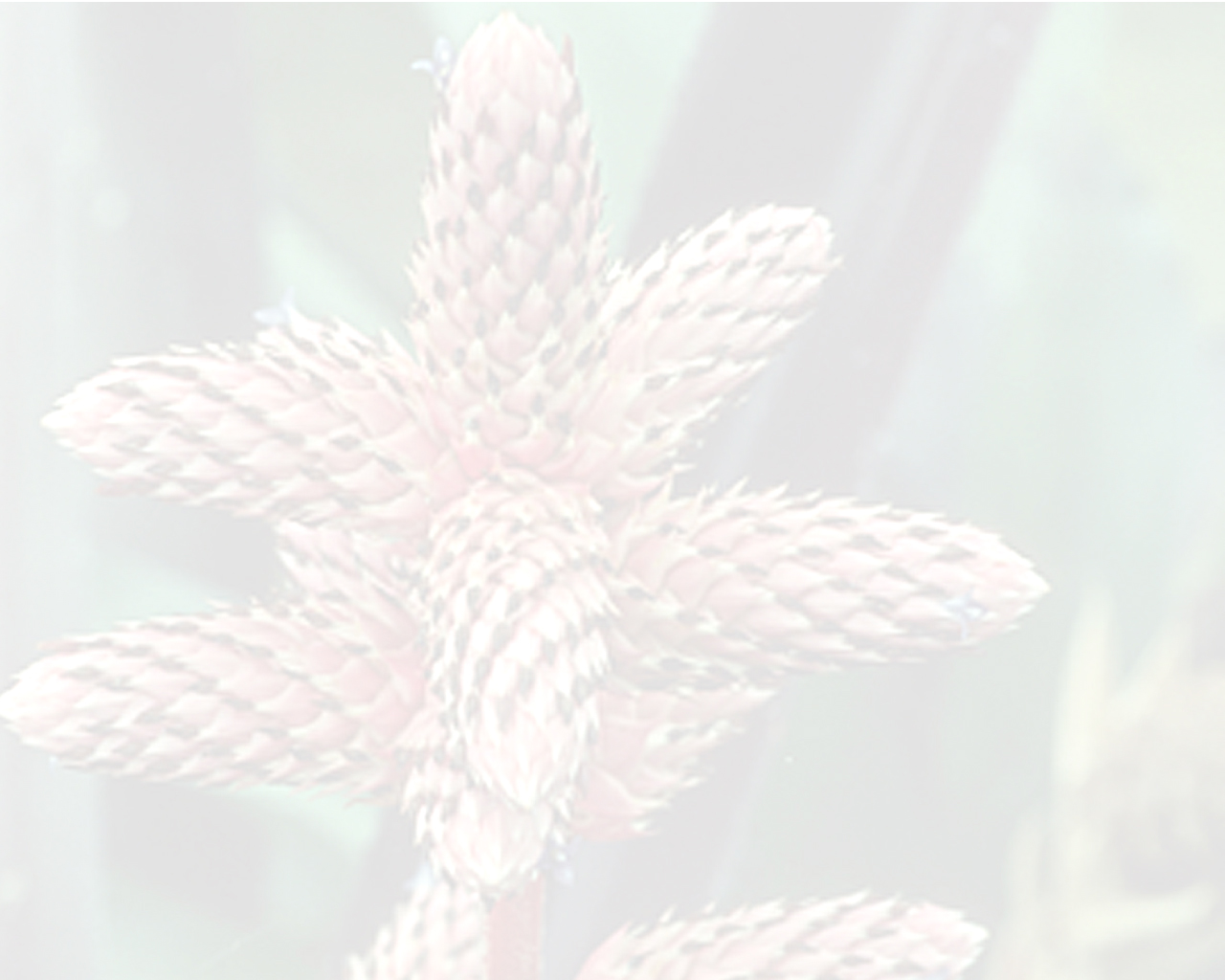

leaves to 7 dm long; sheath indistinct, scarcely broader than the blades, densely punctulate-lepidote above, covered with a membrane of dark appressed scales below; blade linear-ligulate, broadly rounded with a rigid apiculus, to 9 cm wide, armed with minute, lax to remote teeth or practically entire. inflorescence: peduncle decurved, shorter than the leaves, slender, scantly brown-puberulous; peduncle bracts erect, imbricate or lax, lanceolate, attenuate, entire, membranaceous; fertile part very laxly once-branched, subpyramidal, exceeding the leaves; primary bracts like the peduncle-bracts, shorter than the stipes, spreading or reflexed; branches spreading, to 12(–21) cm long, their sterile bases twice to ten times longer than the spikes; spikes slenderly ellipsoid, acute, 10-flowered, 3(–6) cm long, 17 mm in diameter, glabrous; floral bracts broadly ovate, acuminate, 8–15 mm long including the elongate mucro, prominently nerved. flowers 18 mm long; sepals strongly asymmetric, 6 mm long including the terminal mucro; petals narrowly oblong, acute, 12 mm long, white or greenish when dry; second series of stamens much connate with the petals. pistil: ovary 5 mm long, angled, barely constricted at the summit, the epigynous tube lacking; ovules obtuse, borne along the upper half of the cell.Edited from : Smith & Downs 1979. Bromelioideae (Bromeliaceae) in Flora Neotropica.